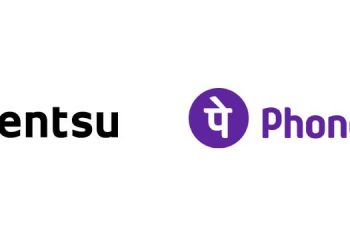
WPP-owned agency, VML Qais, says in its latest study that 75 per cent of 36-60 year-olds and 70 per cent of 18-35 year-olds in India fear the ongoing erosion of traditional values.
GenAsia is a consumer attitudinal study on connected Asians, and spanned 2,000 respondents in Mumbai, Delhi, Hyderabad, Bengaluru and Chandigarh. “Global brands looking to connect with Indian consumers need to think differently…to be able to talk to a generation’s cultural identity,” explains Tripti Lochan, CEO of VML Qais.
Consumers’ concerns about the erosion of cultural identity necessitates a new ‘Culturalisation’ approach to marketing communications says the latest findings of the report. The world’s largest attitudinal study on connected Asians includes 34,000 respondents across 10 Asian markets.
The study uncovered that 72% of 36-60 years old, and 77% of 18-35 years old like living in a world that is flat and imbibing from other cultures.
A surprising 77% of 18-35 years old try to preserve cultural connections through family values. At the same time, they are open to learning from the world and adopting world formats, as long as they have a hint of their “own” in them.
The study was launched in Mumbai with a spirited panel discussion on how culturisation is affecting women in India and their attitudes to multiple categories.
Besides the study has shared five tips for marketers so they can prepare themselves with the growing changes.
1. Learn from Culture: Respecting the cultural need is more than just using a local name or a tag line in local language or worse still simply sticking a local celebrity in a global campaign.
2. Contextualize your Idea: In an era when digital media has erased all sense of geography it is indeed hard to create and limit campaigns to being ‘local’ and neither is it wise to abandon the wealth of good work done on the global brand idea. It’s about giving the idea a clear context by rooting it in a core cultural truth and thus setting the stage for relevance.
3. Live in the Community: This isn’t about social media communities of ‘fans’ or any other form of creating a community separate from the one the brand lives. It is about belonging to the community of people and making a positive impact on the society.
4. Integrate not Template: Consistency is a false economy. It’s a world where its harder if not impossible to really isolate a brand’s exposure to any one geography, so the right thing to do is to pursue a brand idea that remains the same no matter where the brand operates.
5. Go to the Jungle: There’s consumer research and there’s research into people. While the former is important to understand current behaviour and usage patterns, the latter is where you uncover the motivations for why people are behaving the way they are.

















